The Beginning of Pride: The Stonewall Riots – Jamie Pickering
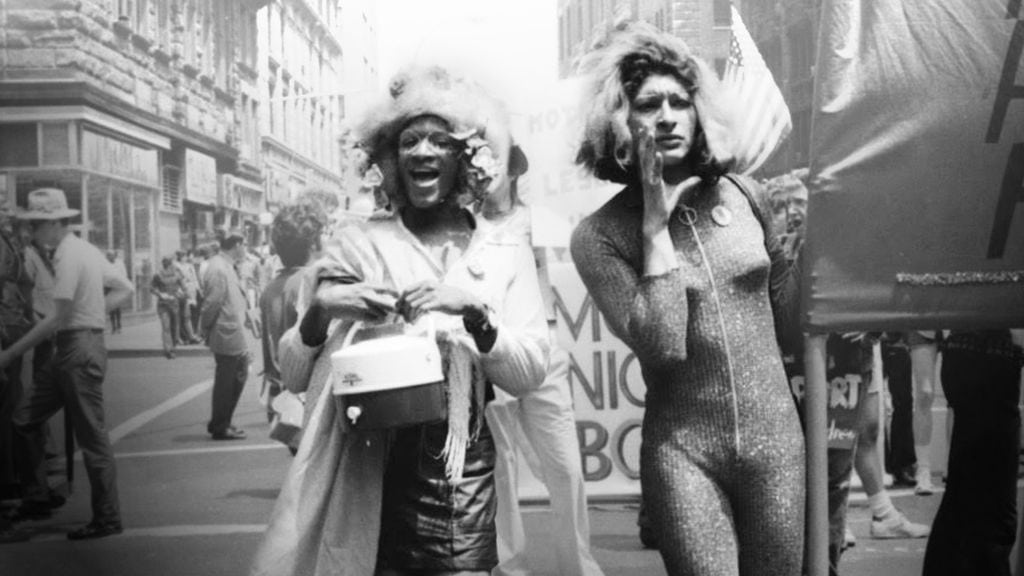
When researching the Stonewall Riots, I realised that there is a significant lack of coverage about the topic. Finding information on the Stonewall Riots proved to be rather difficult, and that speaks volumes in itself. Without the Stonewall Riots, we wouldn’t have pride month, or pride at all, for that fact. So here you are; the Stonewall Riots.
Back in 1969, it was illegal to be gay in every US state, other than Illinois. The Stonewall riots began a revolution that impacted the entirety of the USA, Canada, Europe and the rest of the planet, and it all began in New York’s Greenwich Village. Stonewall Inn was, and still is, a gay bar tucked away on Christoper Street. It was a frequent site for police raids, which became a usual occurrence to those inside the Stonewall Inn. The police that entered the Inn were said to seek those who ‘looked’ stereotypically homosexual, and those that looked ‘’generic’ were left alone.
On June 28th 1969, one of these routine raids happened, yet this time – people had had enough. As people were arrested inside the establishment, a crowd of LGBTQ+ members and allies began to form outside. This crowd grew bigger and bigger, and within no time, the crowd outnumbered the police. When a member of police realised this, they opened the door to the building and shouted for the crowd to leave, yet no one did. A woman in handcuffs was escorted out of the bar door, repeatedly escaping their grasp and fighting 4 of the policemen. A bystander claimed that she was hit in the head with a baton for saying that her handcuffs were too tight. Violence began when the woman (identity remains unknown) looked at the crowd and shouted “Why don’t you guys do something?”, causing the crowd to go “berserk”. It was at that moment that history changed, forever.
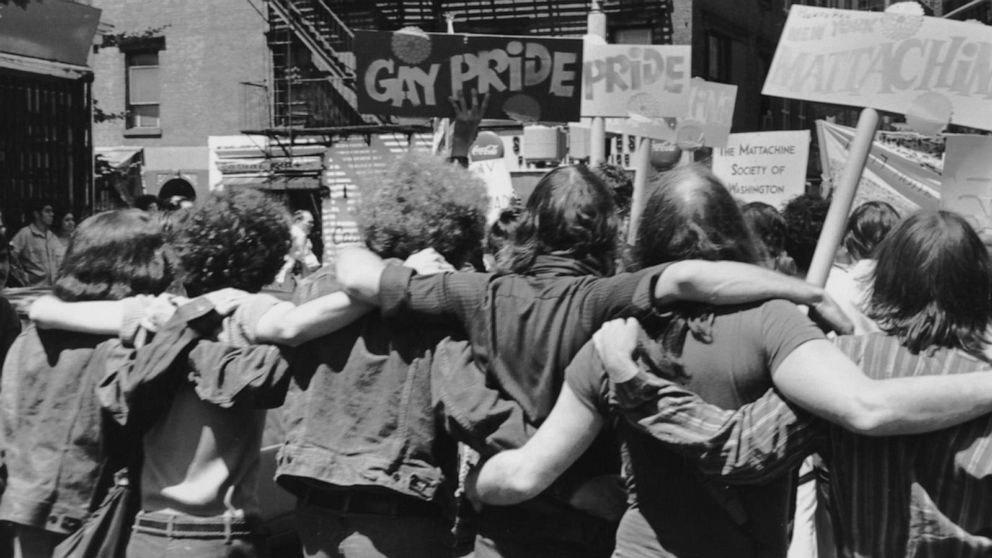
In an attempt to restrain some of the crowd, police knocked people down, angering the bystanders further. Some of the people that were handcuffed in the wagon escaped when left unattended. The police cars and wagons – both with slashed tires – began to leave, going against their orders to return to Stonewall Inn. After hearing that the raid began because “they didn’t pay off the cops”, people threw coins at the police, and soon after that, beer cans were being launched through the air too; over the course of the riot, garbage cans, rocks, bottles and bricks were hurled at the building. The crowd had now amassed to 600 people, and the police were grabbing and arresting as many people as they could. Attendee Michael Fader exclaimed “There was something in the air, freedom a long time overdue and we’re going to fight for it. It took different forms, but the bottom line was, we weren’t going to go away. And we didn’t.” The Mattachine Society newsletter explained that “The Stonewall became home to these kids.” and “When it was raided, they fought for it.” Alongside the variety of objects being thrown at Stonewall Inn, a parking meter was uprooted and used as a battering ram on the doors of the bar. The polices attempts at dispersing the crowd only seemed to encourage them, as for many “it was the greatest moments in [their] life”.
When Tactical Patrol Force arrived, police were found with cuts and bruises from being struck with flying debris. A man, who was walking his dog past Stonewall on the night of the first riot, stated that the group forced the cops to retreat, and “the anger was just enormous”. He said that “they wanted to kill”. By 4am, Christopher Street had been mostly cleared. People sat in Christoper Park in disbelief as to what had just happened. Almost everything in Stonewall Inn was broken; pay phones, toilets, mirrors and cigarette machines were all smashed. However, the fight was not over. The second night of riots raised questions as to which night was more violent. The well known Marsha P. Johnson was an African-American street queen who, alongside Zazu Nova and Jackie Hormona, climbed a lamppost and dropped a heavy bag onto the hood of a police car, shattering its windshield. The 2 nights of riots were the subject of global conversation, and changed a multitude of perspectives, positively and negatively. Within hours of the first riot, people called news outlets such as The New York Times and Daily News to report on what had happened, and some newspapers placed coverage on the front page. The word was getting further, and louder too.
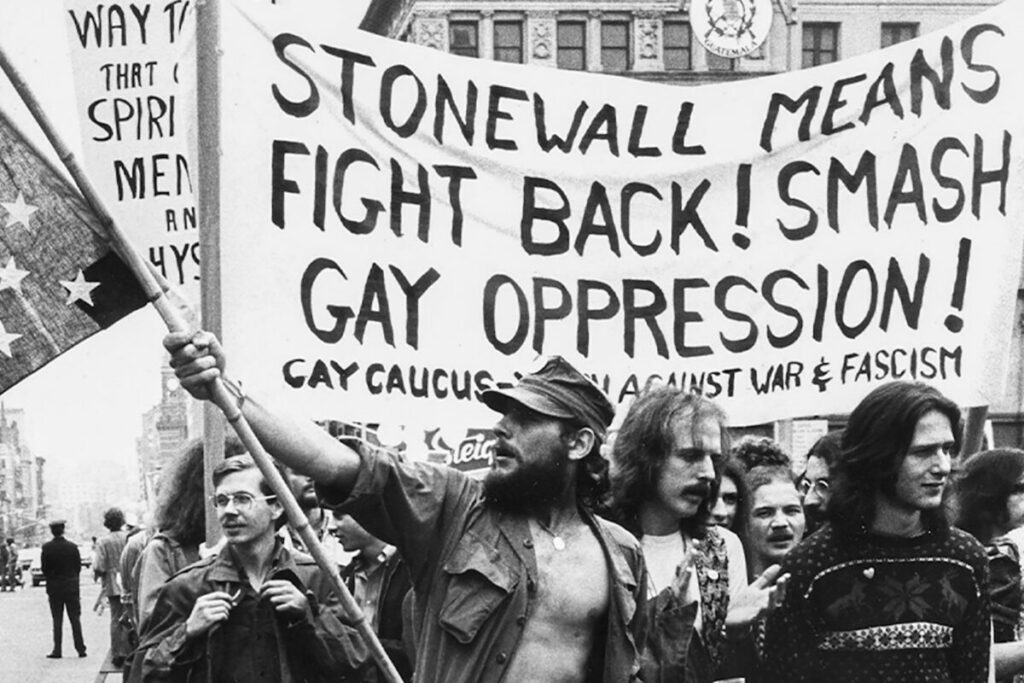
A year later on the 28th of June 1970 “Christopher Street Liberation Day” marked the first anniversary of the Stonewall Riots, alongside the simultaneous Pride Marches in Chicago and Los Angeles – being the first Gay Pride Marches in U.S. history. The year after, pride marches took place in London, Paris, West Berlin, Boston and many more places. The march of 1971 in New York covered 51 blocks. The New York Times reported that the marchers took up the entire street for about 15 city blockers. By 1972, 8 more locations in the USA participated in pride marches. What happened at Stonewall Inn was a success.
So what point are we at now? Well, globally, June is considered to be Pride Month as a commemoration to the Stonewall riots 52 years ago. People are becoming more accepting of others, and themselves! There is more media coverage, more being taught in schools – we have come far from where we were back in 1969. However, we are nowhere near done yet. Only 29 out of the 195 countries on this planet have legalised same sex marriage. In some countries, same-sex relations can result in life in prison, and even the death penalty. Hungary recently passed a law which bans LGBTQ+ content from minors. As of May 2021, at least 30 anti-transgender sports bills (most of which target transgender girls) have been proposed or enacted in the USA. These laws are proposing extremely invasive testing – to the point of genital inspections towards minors. These 30 anti-trans sports bills are an addition to the already 144 anti-trans bills in process in the USA. In June of 2020, Donald Trump finalised a Department of Health and Human Services administrative rule allowing medical professionals to discriminate against LGBTQ+ people, such as refusing to operate or treat a member of the LGBTQ+ community. The Bell v Tavistock case in the UK reconsidered the practice of prescribing puberty blocking drugs to transgender children under the age of 18. The list goes on, and will continue to grow without change. Pride month is more than rainbows, bright colours and huge brands exploiting the LGBTQ+ community for money. Pride month is about liberation and freedom to be who we truly are. It’s about protecting transgender youth. It’s about uplifting identities that don’t reach the main stream media. It’s about appreciating and considering the ‘plus’ in LGBTQ+. We have more to do, more to fight for.
So, there we are: an LGBTQ+ history lesson. The past, present and future of the LGBTQ+ community is vast and detailed. We have fought for where we are today, and that won’t stop anytime soon. We won’t change for what you want us to be, and we won’t apologise for who we are.
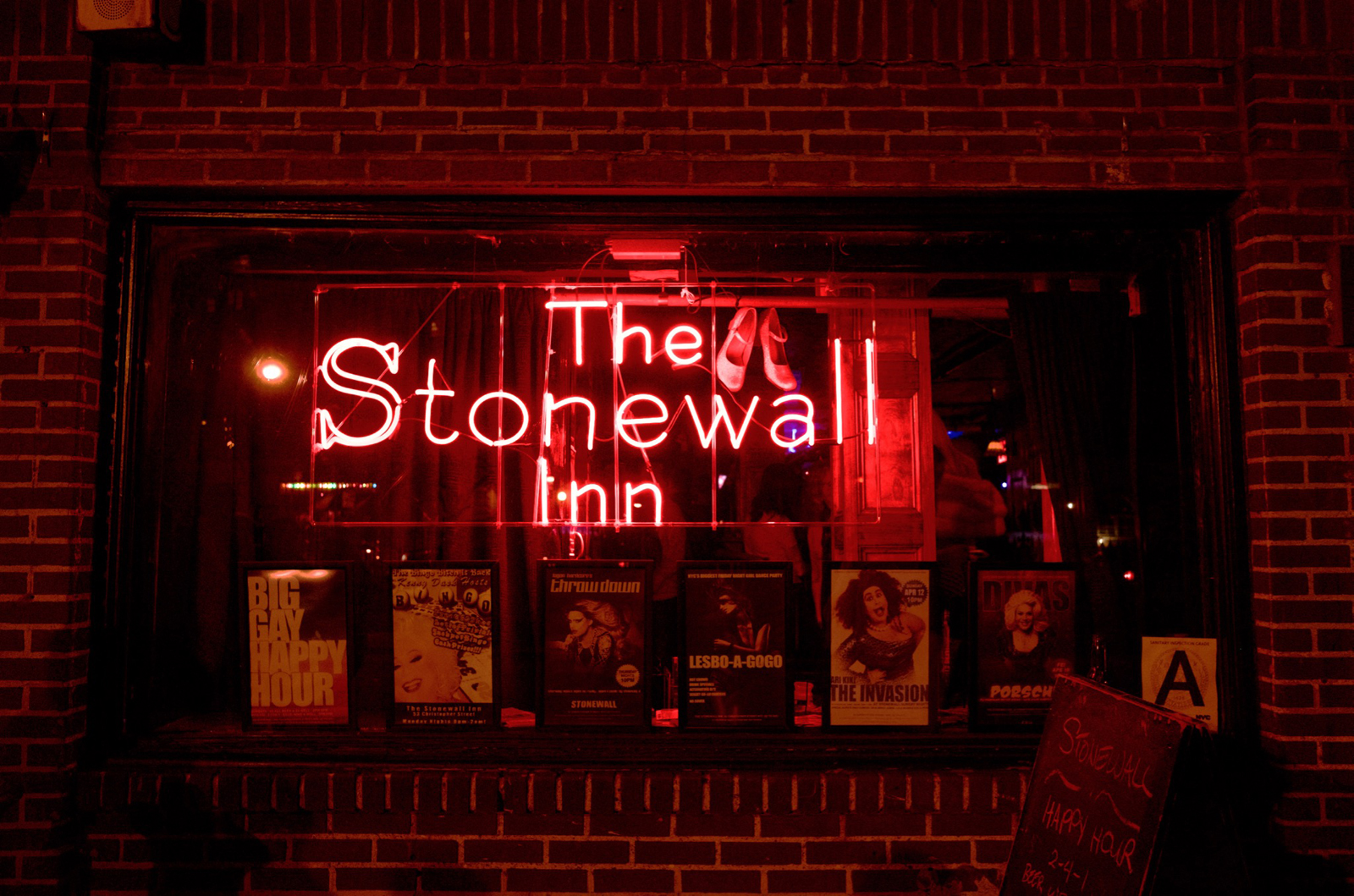

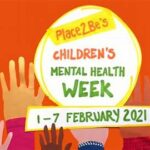












Post Comment
You must be logged in to post a comment.